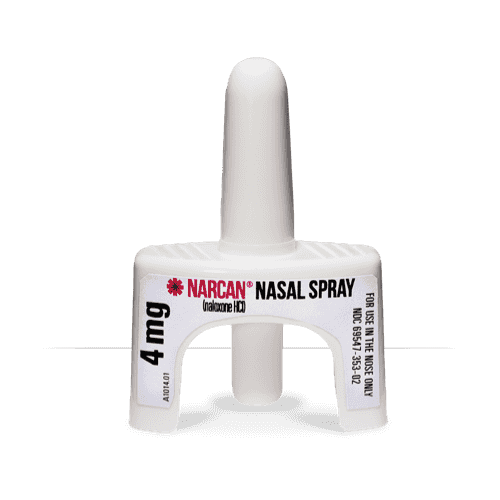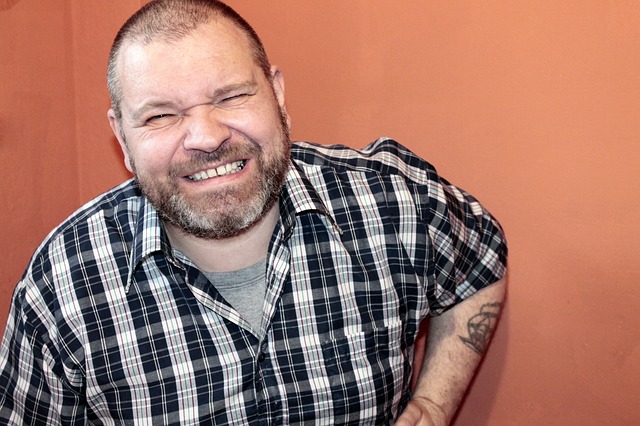Opioid Use Disorders and Overdoses have turned into a national health crisis, and more effective and life-saving public health responses are imperative to curb this growing epidemic. Medication-Assisted Treatment has a profound role in the battle of the OUD epidemic. It is important to learn how to maximize MATs like Vivitrol, Narcan, Naltrexone, etc. and their efficacy in the context of an all-encompassing treatment approach.
Dr. Mark Gold & Dr. Brian Fuerhlein Discuss Medication-Assisted Treatment in Opiate Use Disorder & Substance Use Disorder
Opioid use and addiction have quickly transformed into a national health crisis of epidemic proportions, and the epidemic demands innovative scientific strategies and interventions.
The United States is the world’s largest consumer of opioids. The non-medicinal use of and addiction to opioids, particularly prescription pain relievers, heroin, and synthetic opioids like fentanyl, have escalated into a national epidemic adversely affecting public health, social welfare, and economic progress.
Every day, more than 115 people in the United States die due to overdosing on opioids. In 2016, 42,249 Americans fatally overdosed on an opioid. Of the 20.5 million Americans 12 or older who had a substance use disorder in 2015, 2 million had a substance use disorder involving prescription pain relievers, and 591,000 had a substance use disorder involving heroin.
In addition to Medication-Assisted Treatment (MAT), office-based opioid treatments and ambulatory detoxification, timely identification and treatment of co-existing trauma, sexually transmitted diseases, infections, cardiovascular and other common psychological co-occurring disorders have to take its due position in recovery.
While we often focus on reducing overdose and reversing those overdoses that occur, many overdoses are patients with OUDs who are not in treatment. Medication Addiction Treatment like Buprenorphine, Suboxone, Naloxone, and opioid use disorder treatment programs are essential parts of our response to overdose initiatives.
Deaths from overdose are increasing during the COVID-19 crisis as EMTs, Emergency Rooms, and General Hospitals are inundated with COVID cases, and people with OUDs are staying away. 47,600 people died from drug overdoses involving opioids in 2017.







